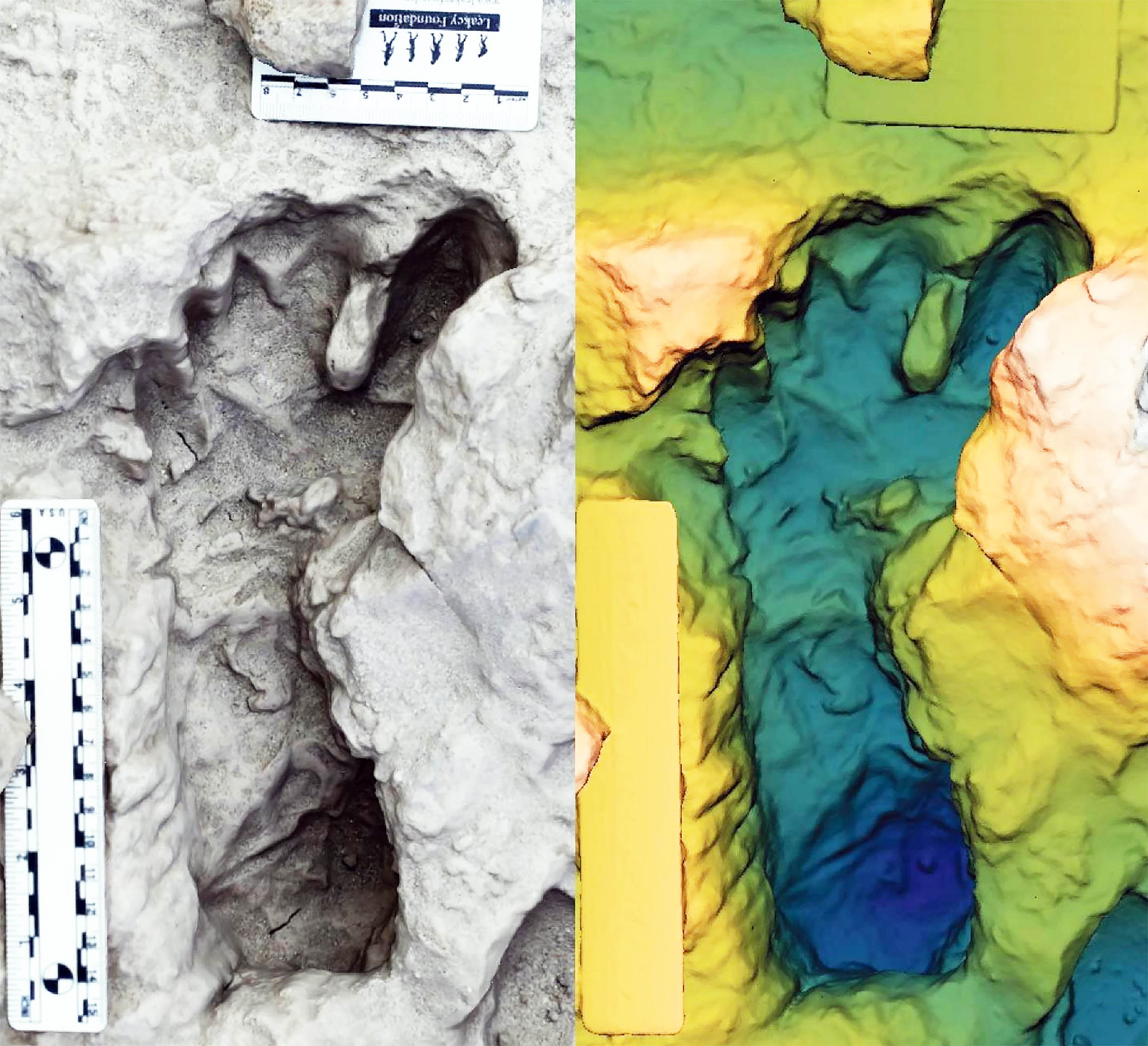Ancient Chewing Gum: The Surprising Secret to Neolithic Life Revealed!

Did you know that chewing gum isn’t just a modern-day indulgence? It turns out, it holds secrets to our ancient past that could change how we view Neolithic communities forever!
A groundbreaking study from the University of Copenhagen has unearthed fascinating insights into the lives of our ancestors, revealing how they used the world’s oldest synthetic material—birch bark tar—not just for binding tools and mending pottery, but also as an ancient form of chewing gum.
This sticky substance wasn’t merely for crafting; it carried significant cultural and possibly medicinal purposes. Researchers led by archaeologist Hannes Schroeder and geneticist Anna White focused on 30 samples of birch tar collected from ancient settlements around Alpine lakes. Their findings confirmed its use as an adhesive, but the real surprise was discovering that Neolithic people actively chewed it.
The study highlighted the importance of combining organic residue and ancient DNA analysis in archaeological research, revealing a wealth of information that might have otherwise remained buried.
Birch bark tar, often seen as a simple glue, had a multifaceted role in prehistoric times. Not only was it used to bind wooden handles to stone tools or repair pottery, but some samples contained human DNA and oral bacteria. This suggests that our ancestors might have chewed it for health benefits, possibly tackling dental issues or even curbing hunger on long hunting trips. Imagine a Neolithic version of chewing gum helping to freshen breath or stave off hunger!
What makes this study particularly riveting is its use of ancient DNA analysis. By examining the tar, researchers uncovered details about Neolithic diets and health, with genetic material from plants like barley and wheat, confirming the agricultural practices of the time. They discovered bacterial DNA transferred from individuals’ mouths, providing a rare glimpse into the microbial landscape of the past.
Moreover, birch bark tar played a vital role in repairing pottery and enhancing tool effectiveness. Evidence suggested that it was crucial in reinforcing the break lines of ceramic vessels, essential for cooking and food storage. The tar’s adhesive qualities were invaluable, allowing Neolithic people to maintain their vital tools and utensils.
This research, published in the Proceedings of the Royal Society B: Biological Sciences, not only showcases the adaptability of Neolithic societies but also opens new avenues for understanding how ancient humans interacted with their environment and utilized available resources creatively.


























